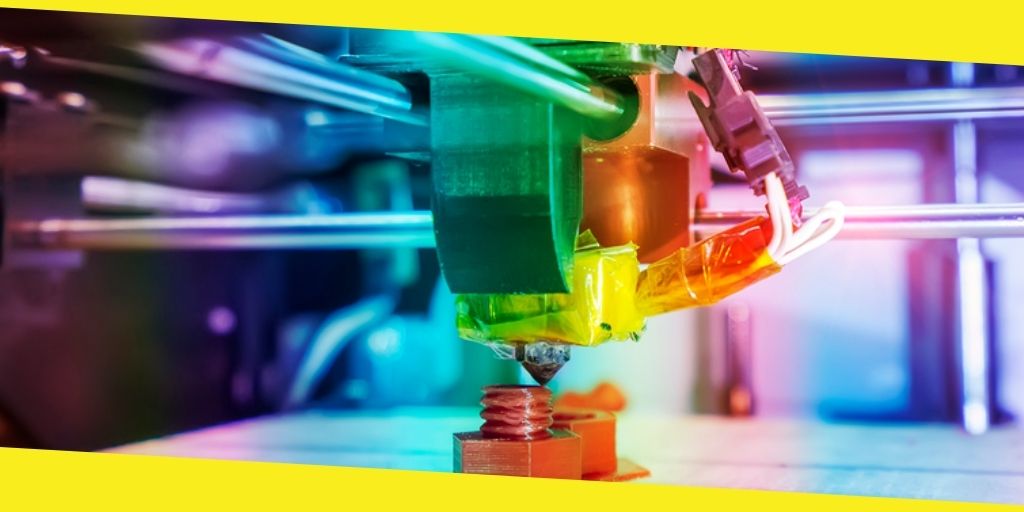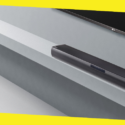What Are the Benefits of Ready to Print?
This post was last updated on March 1st, 2021

Additional manufacturing or 3D printing minimizes costs, saves time, and transcends product production limitations for manufacturing processes. 3D printing technology provides flexible solutions in various uses, ranging from design models and practical designs in fast prototyping to jigs, tools, or even finished parts in manufacturing. If this latest idea of yours has wheels, flies around, 3D printing has many advantages over conventional methods, including quick-to-market printing, reduced costs, and reduced waste. Here we will start with a quick comparison of FDM and SLA. Then shift towards the benefits of ready-to-print depending upon the uses.
The difference between SLA/DLP printer to FDM/FFF printer
Fused Disposition Modeling (FDM)
The most commonly used 3D printing at the market level is fused deposition modeling (FDM), also known as fused filament fabrication (FFF), powered by the development of 3D hobbyist printers. FDM 3D printers build sections of the thermoplastic filament, melting and extracting, where the printer nozzle deposits layer after layer throughout the construction region.
FDM performs in a variety of common thermoplastics, including ABS, PLA, and their separate mixtures. This technology is ideal for basic proof-of-concept models and fast and cheap prototyping of simple components such as machined parts.
Stereolithography (SLA)
This type of printing technology, developed in the 1980s, was the world’s first 3D printing technique and now one of the most important professional innovations. In a method called photopolymerization, SLA resin 3D printers use a laser to cure liquid resin in hardened plastic.
See these five key reasons why 3D printing is being invested in:
Advanced turnaround
Designers may use CAD tools to create ideas for 3D printing. These drawings would then be printed in 3D to produce usable prototypes. To validate the specification and verify functions, developers and designers will then use these 3D printed versions. Compared to standard methods, this procedure takes just days to complete.
Save on-demand 3D printing tooling prices.
3D-printed instruments can be substituted with high-strength, solid, lightweight, and many cheap plastics in hours rather than days.
Reduce pollution by manufacture of additives.
A variety of components are constructed with CNC processes in the automotive industry. The components originate as a solid block of aluminum or steel. Known as subtractive processing. When the final component appears, various tools remove material. With this method of processing, waste generated during the process is the main challenge. Collection, purification, and storage of metal strips must be performed, adding time and costs. Cooling fluids are costly and recyclable as well, which minimize heat and friction during machining. This clean-up saves much time and removes pollution through the 3D printing process.
Enhance life
In 3D printing people who require artificial limbs have tremendous impacts Prosthetics are sophisticated, specialized systems intended to replace parts of the human body. To be efficient, each device must match the patient in question. 3D printing revolutionizes the modeling and artificial limb creation process since it is entirely adaptable. The most difficult thing to do is adapt the prosthesis to the patient and make measurements, etc.
Save weight
Aerospace businesses often check for ways to reduce their aircraft’s weight. Each saved ounce ensures that passengers or freight are given more weight. However, it is necessary to preserve the aircraft’s strength and dignity. 3D printing is the best solution for the creation of such complex materials.
Recommended For You
How to Unlock a Samsung Galaxy S10 Plus
Most Inside
Most Inside offers high-quality recommendations and valuable updates to enhance all aspects of your life, providing premium guidance and enriching experiences.




